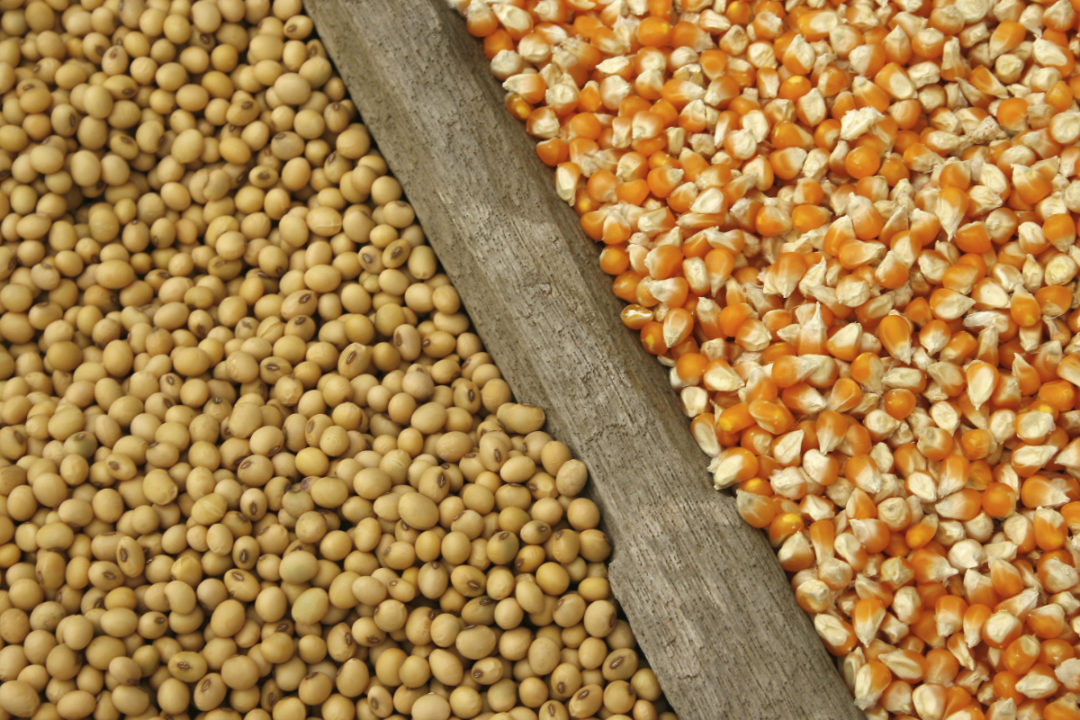Strategies for Corn and Soybean Farmers Amid Bearish Trends

As corn and soybean farmers confront a less friendly grain market, the pivotal decision of whether to sell their grain immediately or store it becomes increasingly complex. This year’s challenge is magnified by the transition from three prosperous years to a period marked by higher interest rates and lower prices. The dilemma revolves around evaluating the cost of storing grain against the potential for improved market conditions.
The cost of storage, encompassing both physical expenses and the opportunity cost of capital, can significantly dent a farmer’s bottom line, more so with the prevailing higher interest rates. On the flip side, the agricultural sector is perennially optimistic, always on the lookout for a market rebound. However, with demand currently weak and crops yet to be planted, the question looms: will there be a spring rally to uplift the American farmer?
Many farmers now regret not marketing more produce before the downturn, yet the practice of selling crops that haven’t been planted poses its challenges, compounded by an erstwhile habituation to higher prices. The current scenario leaves those with old crop bushels facing double the risk, urging a reassessment of marketing strategies to mitigate market dependency and explore profit opportunities even in a bear market.
One approach to navigate the bearish market is by selling old crop bushels and concurrently buying calls against them. This strategy allows farmers to lock in a price for their grain while retaining the opportunity to capitalize on a potential rally in the forthcoming months. By adopting this method, farmers can delineate their potential losses if the market continues to plummet and still participate in any upward market movements, offering a balanced risk management strategy.
However, leveraging these marketing tools necessitates a profound understanding of financial markets and a well-defined risk management strategy. This is where consulting with a trusted marketing advisor becomes invaluable, providing tailored advice to navigate the complex dynamics of storage costs versus market potential.
The decision to store or sell grain is a multifaceted and highly personal one, demanding a meticulous evaluation of storage costs, market predictions, financial resilience, and risk management strategies. By staying informed, seeking expert advice, and carefully weighing options, farmers can navigate these challenging decisions aiming for the best possible outcome in an unpredictable marketing year.
As we delve into another agricultural cycle, it’s clear that the grain market’s unpredictability necessitates a strategic approach to marketing and risk management. Farmers are encouraged to explore innovative strategies and consult with marketing professionals to make informed decisions, potentially securing profitability in a fluctuating market environment. This year, more than ever, adaptability and strategic planning will be key to navigating the complexities of grain marketing.
Read also
Write to us
Our manager will contact you soon



